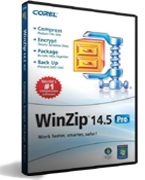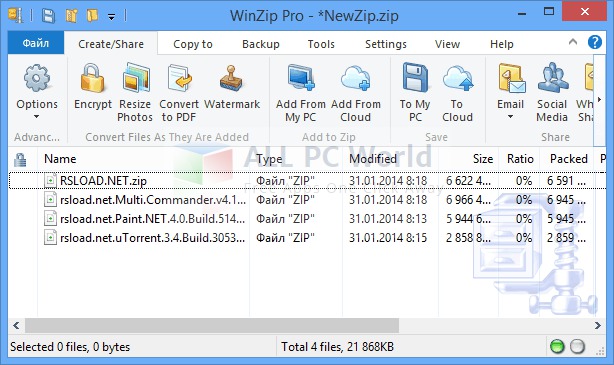
The Fn key row is reasonably large, and the frequently-used Esc and Delete keys that bookend the row are double-width, helping to make them easy to find. The keyboard is necessarily squeezed into a relatively small space, and some of the keys suffer, but Lenovo has done a good job of optimising the available space.

Users of regular ThinkPad laptops will feel very much at home. The thinness of the keyboard doesn't affect the TrackPoint's usability, which I found worked smoothly. Top ZDNET ReviewsĪll of the familiar ThinkPad design touches are here, from the red illuminating dot over the 'i' on the back of the tablet to the bright red TrackPoint sitting between the G, H and B keys, with a trio of associated buttons above the touchpad. Moreover, set against the great design of the ThinkPad X12 Detachable in general, the stylus loop looks a bit 'make do and mend'. If the pen is housed in the loop for travel, it could easily work its way loose in transit in a bag or backpack. It's fiddly to get the stylus in and out of the loop, which means it's more likely to sit on a desk and get left behind when you leave the office or home. Instead, what we have is a Digital Pen that's powered by an AAAA battery, a flimsy-looking loop on the right of the keyboard section to hold it, and no magnetic attachment. The chassis is not thick enough for on-device housing, as seen on the impressive Yoga 9i, and Lenovo has not yet come up with a version of the clever on-keyboard charging tray implemented by Dell on its Latitude 7320 Detachable and HP on its Elite Folio.
WINZIP 14.5 FREE DOWNLOAD HOW TO
Lenovo doesn't always crack the problem of how to house its pens, and the ThinkPad X12 Detachable is no exception. The bundled Digital Pen attaches via a stretchy fabric loop that's at odds with the premium ThinkPad look. But wider kickstand angles, which present the screen on more of a slant (and which are close to that I usually select for laptop working) felt stable. If the kickstand is set at a fairly acute angle, with the screen fairly upright, I found it was possible to push the tablet backwards and force a collapse by prodding at the upper reaches of the screen. The tablet and keyboard sections together weigh 1.1kg.

The 12.3-inch ThinkPad X12 Detachable Gen 1 runs on 11th-generation Core i3, 15 or i7 processors with up to 16GB of RAM and 1TB of SSD storage. The tablet weighs 760g, with the keyboard adding 340g for a total of 1.1kg in laptop mode. The tablet measures 283.3mm wide by 203.5mm deep by 8.8mm thick, with the latter rising to 14.5mm when the keyboard is attached. The tablet's metal back, which incorporates a full-width kickstand, provides ample protection for the 12.3-inch device. The build is very solid, and feels robust (Lenovo's product sheet notes that the ThinkPad X12 Detachable has passed MIL-STD-810H testing).

I prefer the raised position, which is relatively high. The two elements are held together with very strong magnets, and the keyboard can be either sat flat on a desk or raised by pushing the keyboard and screen towards one another and creating a pleat in the top of the keyboard section. The tablet and keyboard (which Lenovo includes in the price, unlike Microsoft) are separable, so the keyboard can be left behind when it's not needed. Most recently I looked at the Dell Latitude 7320 Detachable and HP Elite Folio - and of course, there's always the progenitor of this form factor, Microsoft's Surface Pro. Naturally there's competition in the 'tablet-first' detachable segment. VAT), although US buyers have more choice, starting at $1,099.80. It's available in just one configuration in the UK, costing £1,459.14 (inc. Lenovo's ThinkPad X12 Detachable is a 12.3-inch 2-in-1 with separable tablet and keyboard sections.


 0 kommentar(er)
0 kommentar(er)
